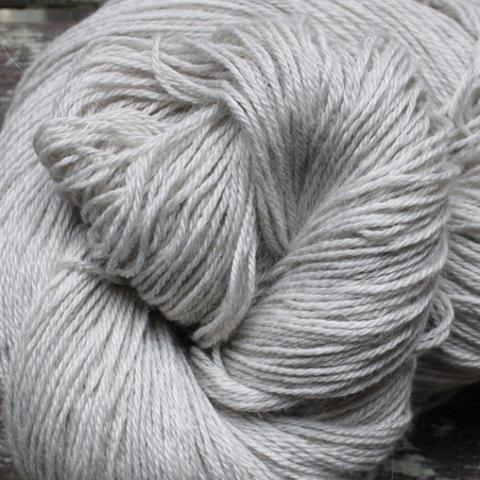The Exciting Process Behind Producing cashmere Fibre and Its Uses
The Exciting Process Behind Producing cashmere Fibre and Its Uses
Blog Article
Discovering the Various Types of Cashmere a Natural Fiber for Ultimate Deluxe
Cashmere, a natural fiber, is typically connected with deluxe and convenience. The much more cost effective Chinese cashmere, the conventional Scottish version, and the premium Italian blend, all tell a different story of this remarkable fiber.
Understanding the Elegant Nature of Cashmere
Cashmere, usually connected with deluxe and comfort, holds a special allure worldwide of natural fibers. This soft, light-weight product is wanted for its extraordinary warmth and exceptional durability. Unlike various other natural fibers, cashmere combines insulation with breathability, using unmatched comfort throughout differing temperature levels. Its lustrous surface and soft structure contribute to its premium charm, justifying the costs rate that often features cashmere garments. Additionally, cashmere's fundamental wrinkle resistance and elasticity enhance its value, making it a preferred option for costs apparel and accessories. Despite its fragile look, cashmere has an unusual durability, able to retain its shape and elegant feel in time. This distinct blend of characteristics cements cashmere's placement as an icon of style and indulgence.
Simply What Is Cashmere and Where Does It Originate from?

Given these outstanding top qualities, one might ask yourself regarding the origin and make-up of this luxurious fiber. Cashmere is stemmed from the soft undercoat of cashmere goats, primarily discovered in Mongolia, China, Iran, and Afghanistan - is cashmere a natural fiber. These goats are adjusted to extreme climatic conditions, generating an extremely great, soft underfur as a defense against the bitter cold. This underfur, or undercoat, is what is harvested for cashmere. Each springtime, when the goats naturally dropped their winter season layer, farmers comb out the great underhair, leaving the coarser hair behind. This thorough procedure adds to the deficiency and high cost of cashmere. With its beginning in the extreme landscapes of Asia, cashmere is a testament to nature's ability to produce deluxe from difficulty.
Translating the Various Kinds Of Cashmere
Comprehending the various sorts of cashmere is crucial to valuing the quality and special qualities of this glamorous textile. Generally, cashmere is categorized right into 3 kinds: raw, virgin, and recycled. Raw cashmere is directly gotten from the goat and is unrefined. This kind often consists of pollutants such as dirt and coarse hair. Virgin cashmere, on the other hand, is the pure, unrecycled product that is spun into thread for the very first time. It is the softest and most glamorous. Recycled cashmere is made from virgin product that has been formerly made use of. It is re-spun and utilized in creating lower-cost cashmere products. Translating these kinds is the very first step in recognizing the exclusivity and value of cashmere.

The One-of-a-kind Features of Each Type of Cashmere
Having actually discovered the various classifications of cashmere, it becomes obvious that each type flaunts its unique set of characteristics. Mongolian cashmere, for circumstances, is renowned for its premium quality, due to Mongolia's extreme wintertimes that create longer and finer fibers. Conversely, Chinese cashmere is often extra cost effective, though its much shorter fibers can minimize sturdiness.
Why Cashmere Is the Epitome of Luxury in vogue
Cashmere holds an esteemed setting in the globe of fashion, pertained to as a symbol of luxury and see this elegance (is cashmere a natural fiber). Cashmere is obtained from the great undercoat of Himalayan goats, understood for their exceptional quality fiber. Cashmere's unequaled comfort and resilience make it a popular material in the production of high-end garments.
The Refine of Making Cashmere: From Goat to Garment
The journey of cashmere, from being an undercoat of a Himalayan goat to a glamorous garment, is a detailed one. With the advent of springtime, farmers in Mongolia and China gather the woollen by combing the goats, making certain no injury is done. The obtained woollen is composed of coarse external hair and soft downy undercoat. This mix is then painstakingly divided, with only the soft down utilized for cashmere. This raw cashmere is cleaned, dyed and rotated into yarn. The thread is after that woven or knitted into fabrics. The final step involves pushing and washing to offer the textile its characteristic softness and heat. From goat to garment, each action is a testament to the perseverance, artistry and skill involved in crafting cashmere.

Verdict
In conclusion, cashmere, with its all-natural elegance and exceptional comfort, preponderates in the globe of deluxe style. The variety in types, ranging from the soft Mongolian, lightweight Indian Pashmina, inexpensive Chinese, traditional Scottish, to the vivid Italian, exposes the convenience of this natural fiber. The meticulous i loved this process of changing it from a goat to a garment better includes in its exclusivity, making cashmere the epitome of class and luxury.
Cashmere, an all-natural fiber, is typically connected with deluxe and comfort (is cashmere a natural fiber).Cashmere, often linked with deluxe and comfort, holds a special appeal in the globe of all-natural fibers. Unlike other natural fibers, cashmere combines insulation with breathability, providing unmatched convenience across differing temperatures. Cashmere is obtained from the soft undercoat of cashmere goats, largely located in Mongolia, China, Iran, and Afghanistan. Cashmere is derived from the fine undercoat of Himalayan goats, known for their read what he said remarkable quality fiber
Report this page